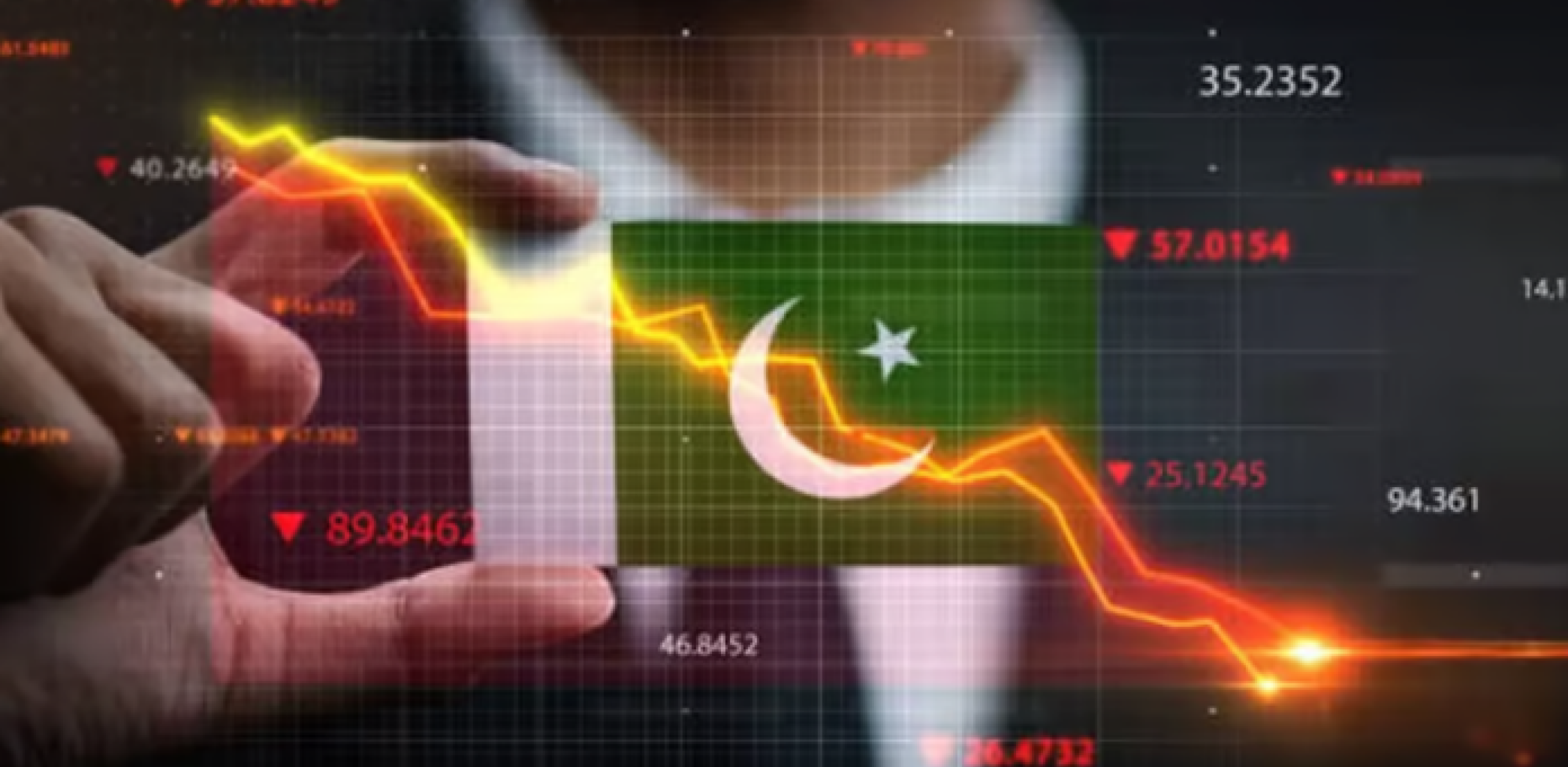
Record Low Inflation Opens Door for Possible Rate Cut in Pakistan
Published April 25, 2025Pakistan’s economy is showing remarkable signs of cooling inflation, with April’s expected consumer price increase falling to just 0.2% compared to last year—the lowest reading in six decades! As we watch these developments unfold, here’s what this means for you as an investor and consumer.
What’s Happening with Prices?
After battling high inflation for years, prices are finally stabilizing across Pakistan. In fact, we’re expected to see prices to actually fall by nearly 1% compared to last month. This dramatic shift comes primarily from two major areas:
- Food prices to drop significantly (-3.2% month-on-month): Essentials like wheat, eggs, chicken, and vegetables are becoming more affordable, thanks to improved supplies and reduced demand after Ramzan.
- Utility costs are decreasing: Electricity prices have fallen due to a favorable tariff adjustment, though some of this is offset by seasonal housing rent adjustments.
For the average household, this means your money is maintaining its value better than it has in years. The cumulative price increase since December 2023 has been just 3.3%.
What This Means for Interest Rates
The State Bank of Pakistan may reduce the policy rate by 0.5% in the upcoming May meeting. This would be significant as it would mark a shift away from the high-interest rate environment we’ve been experiencing.
For investors, this could mean:
- Potentially higher stock market valuations as money flows from bank deposits to equities
- Better borrowing conditions for businesses and individuals
- Possibly lower returns on fixed deposits and saving accounts
External Factors Look Promising
Pakistan’s economy recorded a current account surplus of $1.2 billion in March, which helps reduce pressure on the rupee. The external account is expected to remain balanced for the rest of the year, which provides further stability.
Risks to Watch
While the outlook seems positive, there are factors that could change this trajectory:
- Escalating tensions with India could affect economic policy decisions
- Global inflationary pressures could eventually impact Pakistan
- The extremely low inflation may be temporary as base effects fade
What’s Next?
Average inflation for the fiscal year is expected to remain within the State Bank’s target range of 5-7%, suggesting that inflationary pressures remain contained. For investors, this cooling inflation environment, combined with the possibility of lower interest rates, creates potentially favorable conditions for equity investments while possibly reducing returns on fixed-income securities.
Stay informed about the SBP’s upcoming monetary policy decision in May, as it could signal a significant shift in Pakistan’s economic landscape.
For details, read the full report by Alpha Capital at <bit.ly/4jnxBAn>
Leave a Reply